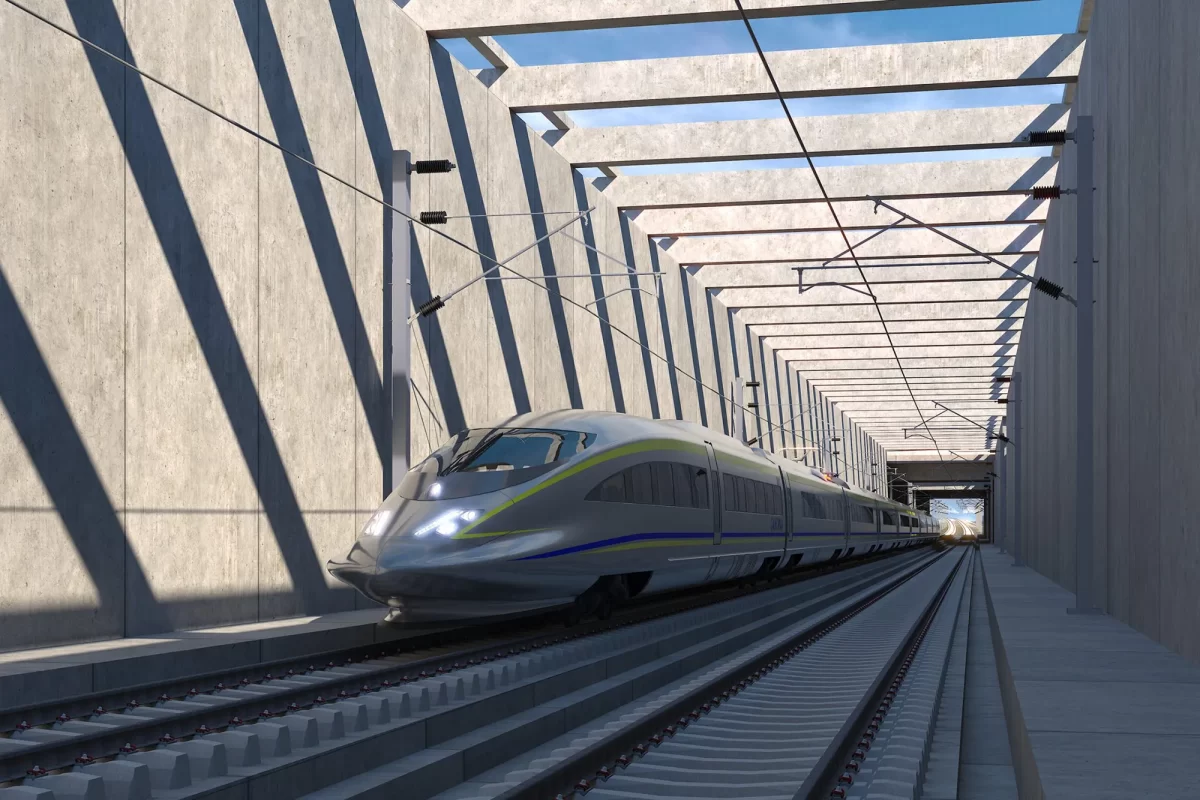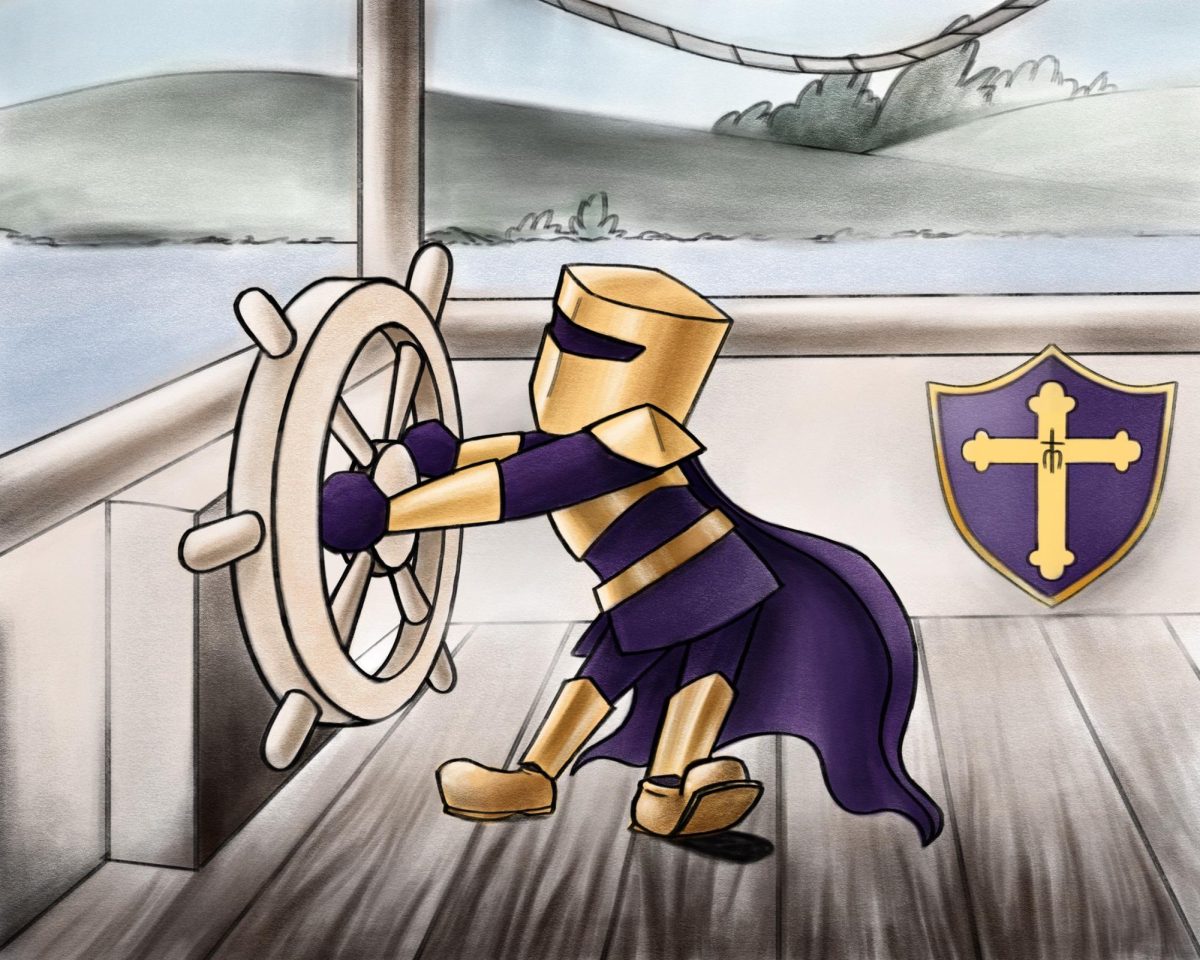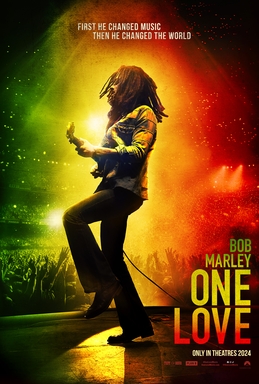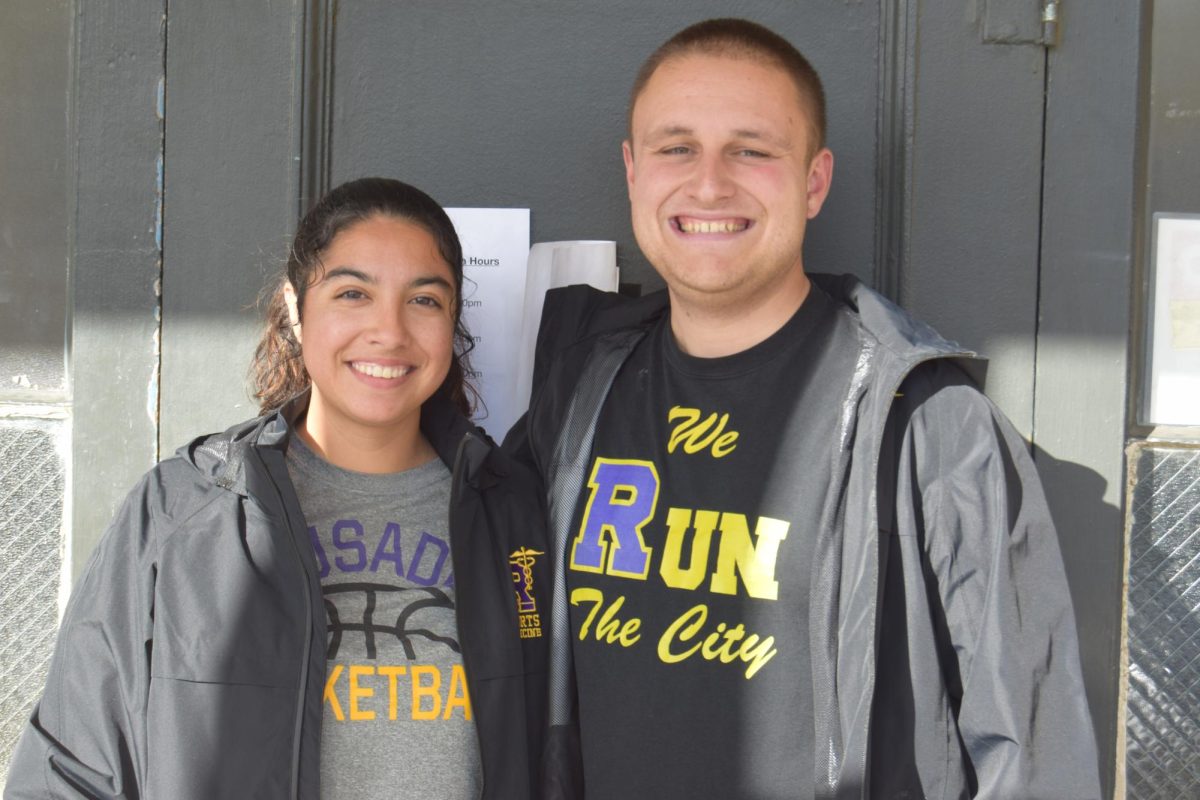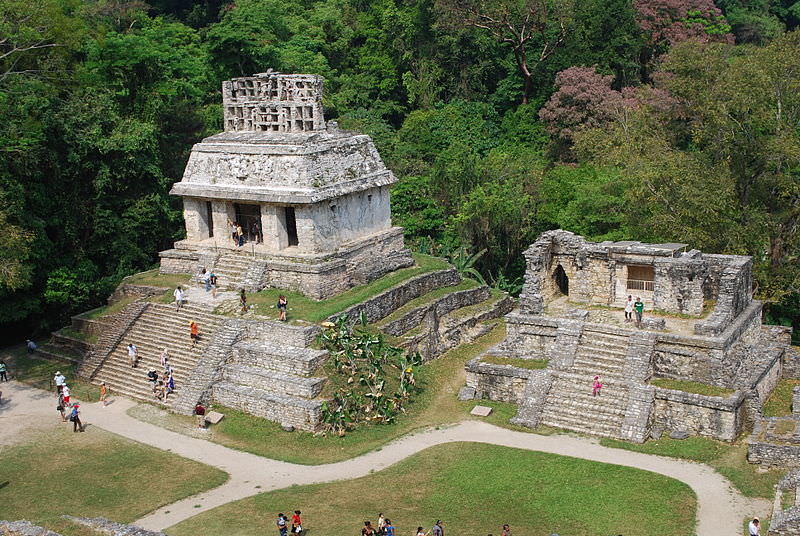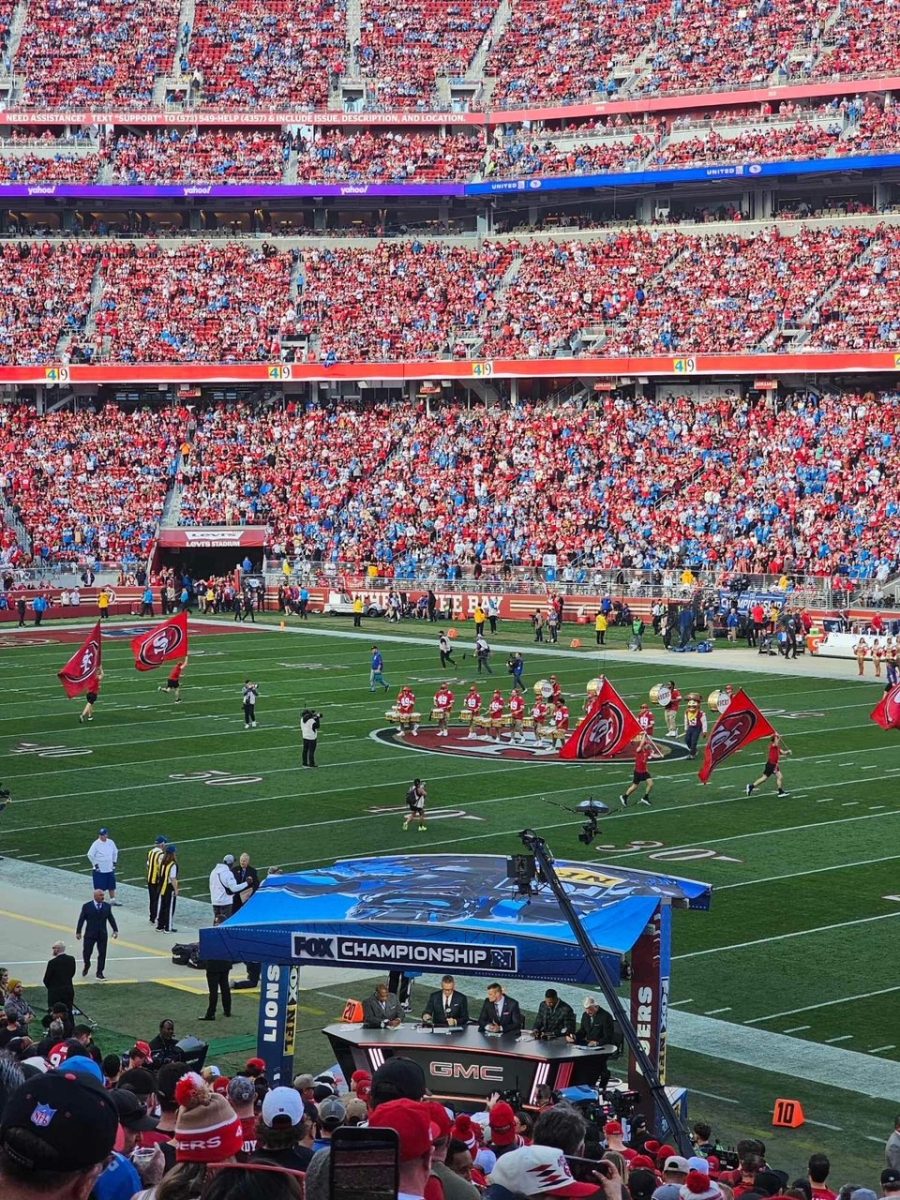It’s been 15 years since California looked outward toward the whizzing rails of Europe and East Asia and decided to set upon the task of building a high-speed rail network of its own.
The ultimate plan revolves around connecting the San Francisco Bay Area and the Los Angeles Basin, going through much of the Central Valley to do so. It is expected to be capable of travel in around two hours and 40 minutes.
Even so, with all 15 years passed some people are questioning whether it’s still worth the price.
On the other hand, people like Gianluca Carboni ’24 still believe that it’s worth the cost, saying, “Why are people such idiots that they won’t support it?”
Now, let’s look at the immediate negatives of the project. First off, it’s expected to cost at max around $128 billion, which is quite the sum, especially when the bill that created this project only said it would be $33 billion.
Some, such as Carboni, argue, “It should have more funding to reduce overall costs.”
Most of the time spent so far was not on building the rail, but getting all the rough edges ironed out and delays in funding.
Also, when it comes to cost there are various economic reasons for high speed rail. It would connect the country’s second and fifth largest metro areas by high speed rail, which would still be cheaper than building more highways and airports.
A question often asked is: why not just drive or fly?
Isaac Phillips ’24 said, “Fewer cars on the road, that’s kinda all I care about.”
America’s number one carbon emitter is transportation, and many believe that the reason is because that’s how it was designed. The HSR Authority estimates that the rail will provide two million metric tons of CO2e reduction per year.
No matter what side of the debate, they have begun working on it and have worked with local communities to further the plan, currently focusing on the Central Valley sections– around 119 miles of the total 500.
Despite all the delays they still expect to start testing the completed line by 2028, and possibly allow for it to be available to the public by the end of the decade.
Phillips even said, “That sounds risky, but I’m down for it.”

